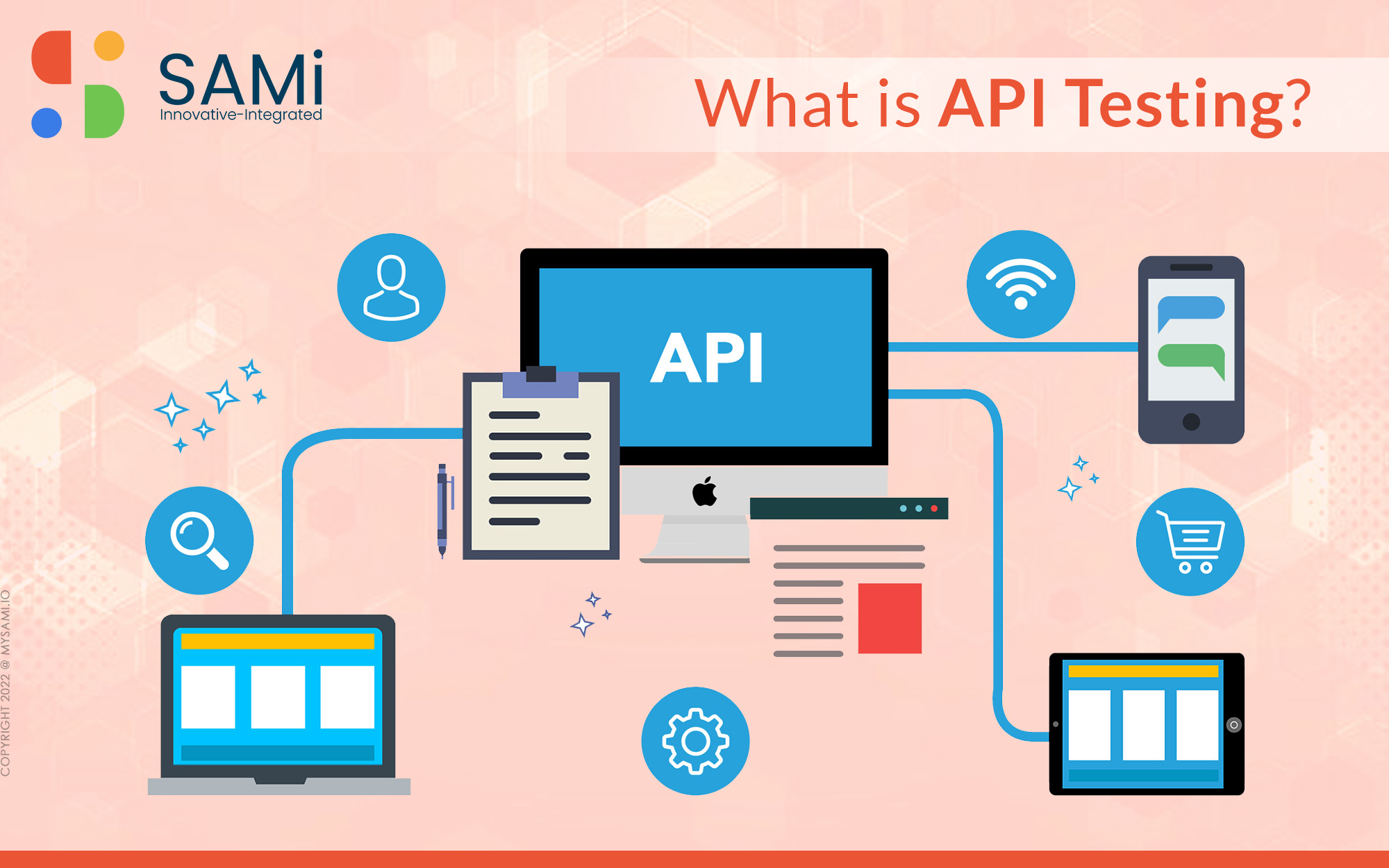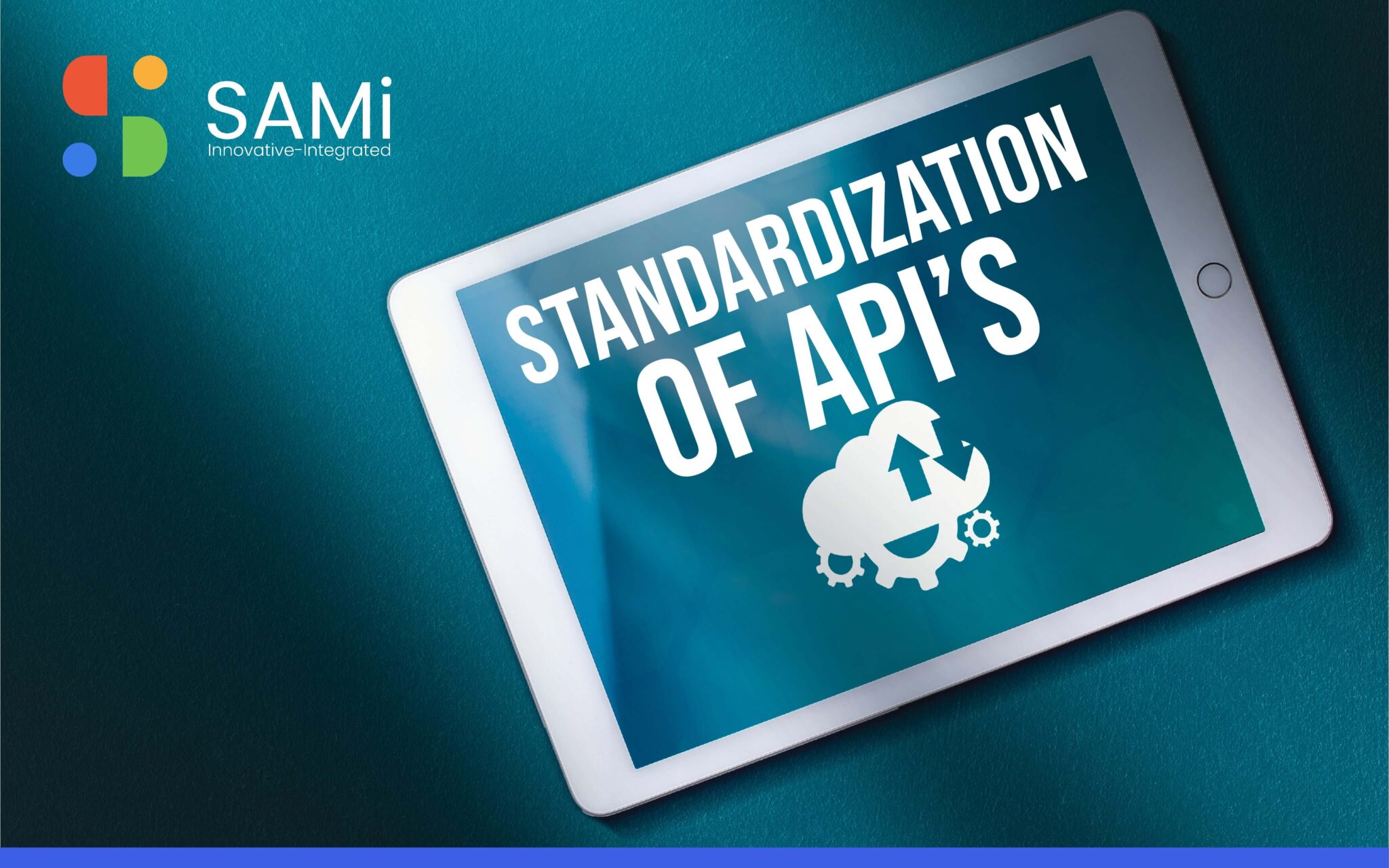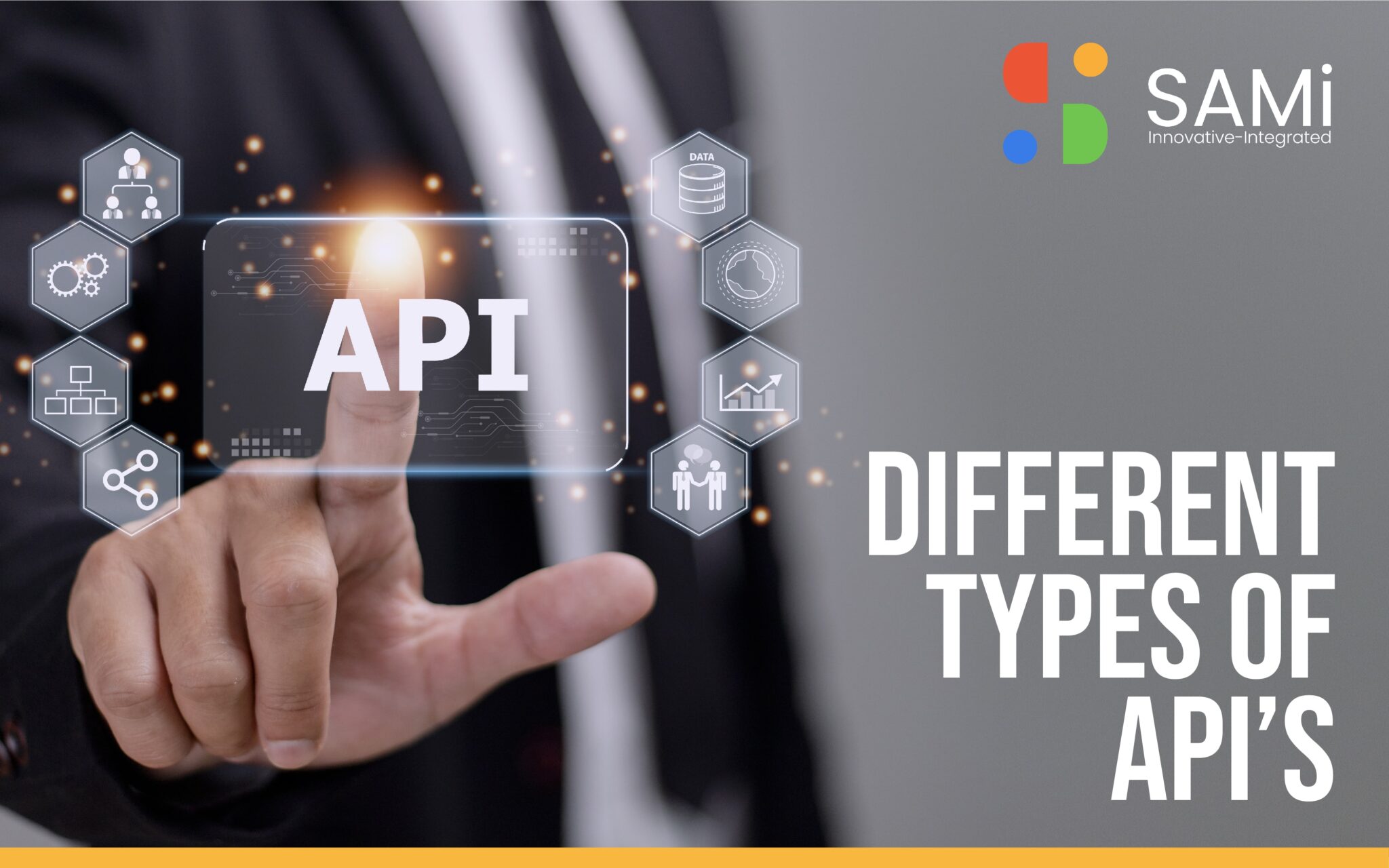Definition of API Testing
API Testing is the process of testing a software application that requires an API. Whenever you are developing a web application and want to test if it works with other applications, you need to be sure that it’s compatible with the API of those other applications.
The purpose of API Testing is to make sure your software communicates as expected with these external APIs. This article will provide you with tips on how to do API Testing in an efficient way.
Also Read: Difference Between API and Webservices
Set up of API Test environment
API testing is software testing that involves testing application programming interfaces (APIs) to determine if they are working as intended. API tests can be conducted manually or automatically, and they are often used in conjunction with other types of tests, such as unit tests and UI tests.
API tests are designed to test the functionality of an API, as well as the data passed through it. They can be used to test both external and internal APIs. External APIs are those that are public facing, such as those provided by third-party services. Internal APIs are those that are used within an organization, such as between different microservices.
API tests should cover a range of scenarios, including positive and negative test cases. Positive test cases focus on verifying that the API works as expected when valid input is provided. Negative test cases focus on proving that the API produces the expected results when invalid input is provided.
Also Read: What is an API key? What do they do?
API tests can be run manually or automatically. Manual testing generally involves using a tool like Postman to send requests to the API and then inspecting the responses. Automated testing generally involves writing code that calls the API and then asserting that the responses meet expectations.
The setup of an API test environment will vary depending on the type of API being tested and the tools being used. However, there are some common elements that should be considered when setting up an API test environment, such as:
– The URL of the API under test
– The credentials
Types of API Tests
API testing covers a wide range of tests that can be performed on an API. These include functional tests to ensure that the API is working as expected, load tests to ensure that the API can handle large amounts of traffic, and security tests to ensure that the API is secure.
- Functional testing is the most basic type of API test and involves simply sending requests to the API and checking that the responses are as expected. Load testing involves sending a high volume of requests to the API to check that it can handle the traffic without performance issues.
- Security testing involves checking for vulnerabilities in the API that could allow attackers to gain access to sensitive data or perform other malicious actions.
Also Read: Top 5 API risks and best practices to mitigate them
Conclusion
API testing is vital to ensuring that an application works as intended. By testing the API, we can ensure that the data being passed back and forth between the front-end and back-end is accurate and consistent. This type of testing can be challenging, but with the right tools and approach, it can be done effectively.





